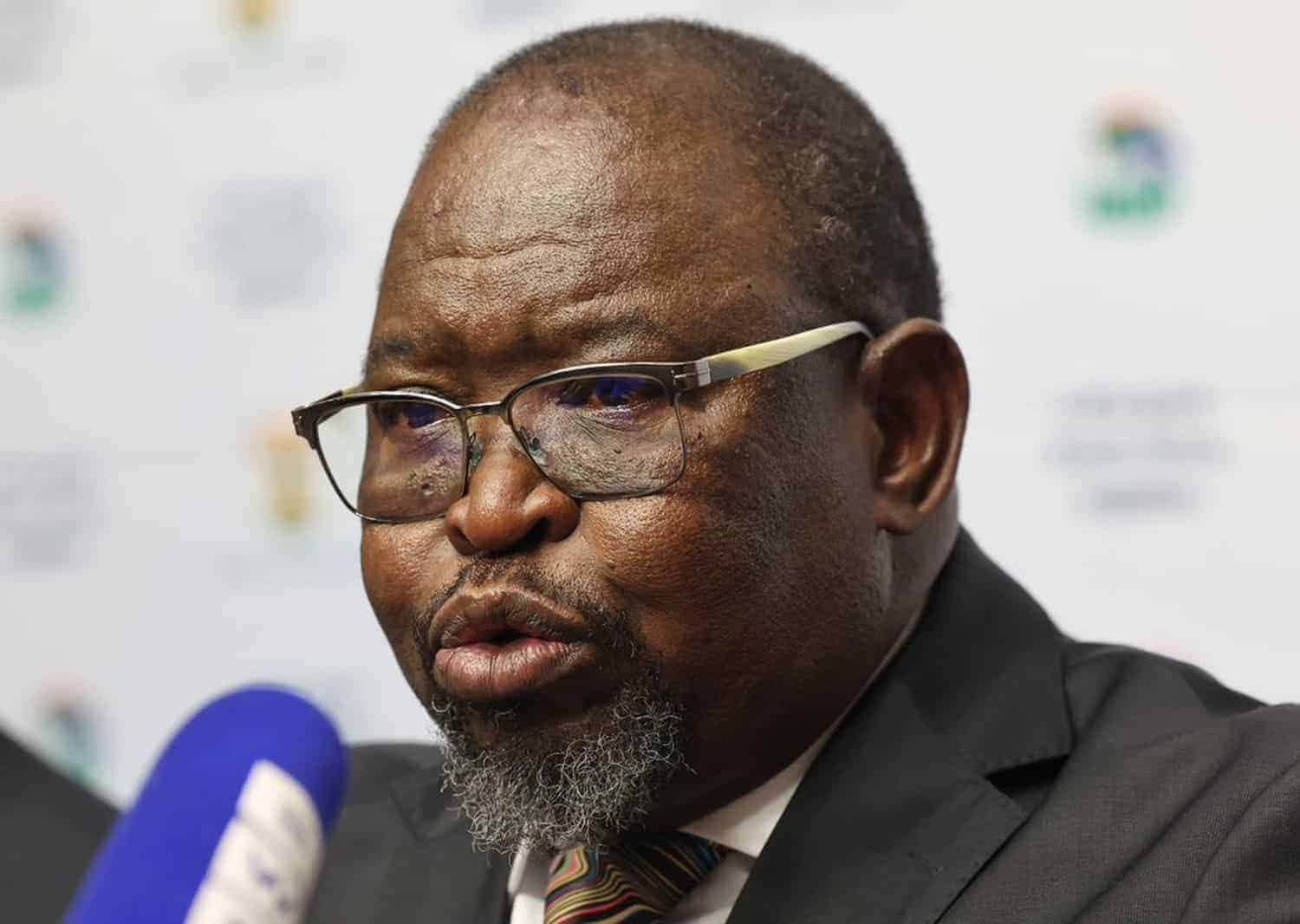Consumers want to know if they will keep their medical tax credits and whether income tax brackets will be adjusted.

When Finance Minister Enoch Godongwana delivers his “mini budget” tomorrow afternoon, people from various sectors as well as consumers will be watching to see where they will benefit and where they will feel the financial heat even more.
ALSO READ: MTBPS: what economists and consumers want to hear
Anchor Capital’s MTBPS wish list
Casey Sprake, economist at Anchor Capital, shared her wish list for the medium-term budget policy statement (MTBPS) with us and it includes:
- A continued demonstration of the government’s intention to follow a path of fiscal consolidation with difficult actions rather than simply words;
- A demonstration of additional measures to improve the ease of doing business in South Africa;
- Establish clear guidelines for identifying and phasing out low-priority or underperforming programmes in the budget, to reduce overall expenditure or reallocate funds toward government priorities. This process should be data-driven to enhance the efficiency and impact of public spending;
- Further details surrounding potential liabilities of the RAF, as well as other state-owned entities (SOEs), which are currently in distress, including Denel, the Land and Agricultural Development Bank of SA (Land Bank) and the SA National Roads Agency (Sanral);
- Detailed plans to address the financial distress of municipalities nationwide and the subsequent debt relief measures required;
- Turnaround plans for South Africa’s failing water boards;
- Continued resistance to pressure to further expand the social safety net;
ALSO READ: MTBPS is opportunity for government to show real progress – BLSA
- Clarity about the proposed National Health Insurance (NHI) and the required funding sources;
- Prioritising the strengthening of infrastructure investment, which is vital to unlocking South Africa’s long-term growth potential. Investment remains a significant constraint on economic performance, with real gross fixed capital formation still 20% below its 2015 peak. Public sector investment, in particular, has deteriorated further, as reflected in the weakened state of the energy, transport and logistics sectors that recorded constrained growth over the past decade;
- In tandem, the provision of an update on the government’s reform agenda aimed at scaling up private sector participation in infrastructure delivery. This includes expanding the use of credit guarantee schemes and public-private partnerships (PPPs), establishing sustainable financing mechanisms such as infrastructure bonds and concessional funding from international partners and advancing efforts to streamline project appraisal and financing through the budget facility for infrastructure;
- Update on the progress of the establishment of a fiscal anchor; and
- Clarity (or a formal announcement) that the National Treasury formally endorses the South African Reserve Bank’s (Sarb’s) shift towards a lower inflation target of 3%.
ALSO READ: MTBPS: economists are optimistic amid shifting global tides
Sanlam Investments’ MTBPS wish list
Patrick Buthelezi, an economist at Sanlam Investments, says after a challenging first GNU budget, marked by opposition to the proposed Vat hike and the US charging tariffs on SA exports, the GNU has been relatively stable in the second half of this year.
“Political parties recently reaffirmed their commitment to the GNU after a two-day retreat organised by the president. We expect the Treasury to make a modest downward adjustment in the 2025 economic forecast and probably keep the economic outlook unchanged with a potential upgrade in the outer years as the positive impact of reforms filters through the economy.
“Recently, South Africa exited the greylist after nearly three years because of implementing reforms. We expect the MTBPS to confirm that fiscal consolidation remains on track and the Treasury is expected to show an improving primary budget surplus and stabilising government debt, but at an elevated level.”
Buthelezi says the monthly budget data indicates that revenue is growing faster than projected. In addition, he says, the terms of trade remains high supported by high commodities export prices.
ALSO READ: BLSA warns Operation Vulindlela implementation momentum is slowing
Minister must commit to shifting expenditure to investment in MTBPS
“Terms of trade boost exports, corporate profits and corporate tax, which feed into state coffers. Meanwhile, government expenditure is contained just below the budget, in part because of budget delays.
“Therefore, it is going to be important for the minister to reaffirm the commitment to shift expenditure to investment and allocate more resources to infrastructure spending to support high economic growth.”
He says the minister will probably have something to say about the proposed inflation target.
“Overall, we expect the MTBPS to build on the first GNU budget. We see potential upside surprises from sustained high terms of trade and stronger economic growth than anticipated.
“On the downside, we see risks from state-owned enterprises, such as Transnet and the SABC, NSFAS funding shortfalls, social grants and NHI.”
ALSO READ: The R457 billion NHI question: where will it come from?
The Board of Healthcare Funders’ MTBPS wish list: clarity on medical tax credits
The Board of Healthcare Funders (BHF) called on Godongwana to provide clarity on the future of medical tax credits as phasing out medical tax credits will lead to significant health coverage gaps for millions of middle and low income earners.
The medical sector is worried after deputy director-general Nicholas Crisp said in parliament recently that the department of health was in conversation with the National Treasury on the phasing out of medical tax credits to fund the NHI.
The BHF wrote to Treasury director-general Duncan Pieterse on 29 October requesting more information on these discussions, but to date has received no response. The letter raised concerns over the fact that a department of health presentation to parliament reveals the government is planning to eliminate tax credits for all income groups by 2029 before the NHI is fully operational.
An independent analysis commissioned by the BHF shows that at lower income levels removing the tax credit could make medical scheme membership unaffordable for between 430 000 and 690 000 members, forcing many to downgrade their cover, remove dependants, or exit the system entirely. This in turn, would place an increased burden on an already overstretched public healthcare sector.
ALSO READ: MTBPS: Small businesses need more than promises
Reform cannot mean removing existing protection
Dr Katlego Mothudi, managing director of the BHF, says reform cannot mean removing existing protection for scheme beneficiaries, of which 67% come from previously disadvantaged groups, before an alternative is ready.
“Any change to the tax credit system must be aligned to the readiness of the NHI and implemented in a way that preserves affordability for those who are already shouldering a portion of their own healthcare costs.
“It is therefore critical that Godongwana affirms that the premature withdrawal of medical scheme tax credits will not take place and that he provides full transparency on the funding pathways for NHI.”






